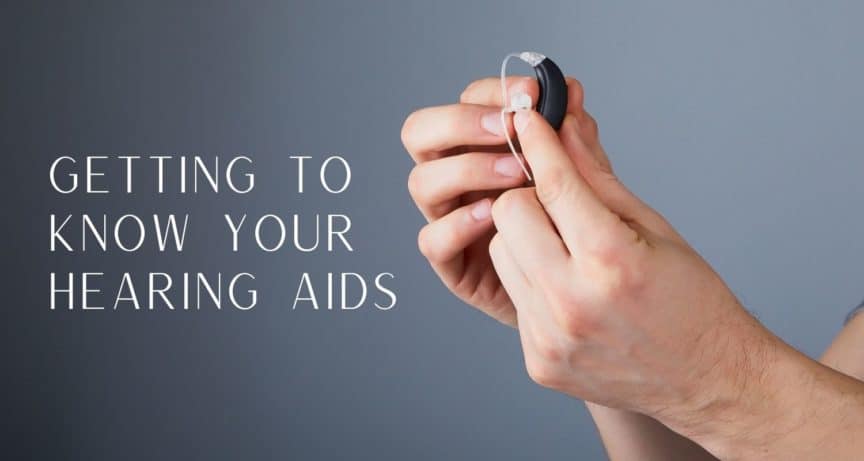- How to Care for Infants With Hearing Loss - April 15, 2024
- Hearing Aid Tips for Runners - April 5, 2024
- Overcoming Misconceptions Around Hearing Aids - March 27, 2024
Hearing aid technology continues to progress rapidly, and each new model brings more innovation. The increased sophistication of today’s hearing devices allows us to benefit from their use by their advancements in the replication of sound frequencies.
The more advanced the technology, the closer it is to natural sound reproduction, and the fuller the hearing experience we have to gain.
The range of features incorporated in modern hearing devices also allows us to tweak them to a higher level of specificity of our individual needs. This is crucial to our needs to adapt to hearing devices and have them be programmed to our specific environments and the nature of our hearing loss.
There are many options to choose from when deciding which hearing devices are best for you. An expert in hearing health, like an audiologist, will help you make an informed decision when the time comes.
Here is a general breakdown of the types and parts of hearing devices for you to familiarize yourself with.
Hearing aid styles:
- Behind-the-ear hearing aids (BTE)
- In-the-ear hearing aids (ITE)
- In-the-ear hearing aids (ITC)
- Completely in the ear hearing aids (CIC)
Hearing aid components:
- A microphone
- A computer
- An amplifier
- A speaker
The sounds from your environment are changed into electrical signals by the microphone. The strength of the signals is increased by the amplifier and converted by the speaker into acoustic sounds for us to recognize better. Then the signals are further converted to the user’s specific requirements by the computer.
Time to go digital
According to the National Institute of Deafness and Other Communicative Diseases (NDICD), funded research is going towards the “use of computer-aided technology to design and manufacture better hearing devices” and “also are seeking ways to improve sound transmission and to reduce noise interference, feedback, and the occlusion effect.”
The field of hearing aid technology is evolving every day to suit our environment’s specifications and the individual nature of our hearing loss. The advent of computers as a component within the hearing aid means we have control over the type of programming we need to be designed for our site-specific hearing environments.
Analog hearing devices are less expensive than digital hearing devices and are easier to use. Their capabilities are also more restricted. One of the differences is that analog aids transform sound into electrical signals, whereas digital aids change them into codes recognized by a computer. Analog aids can be programmed for different settings, from a restaurant to a large sports arena.
The advantage that digital aids have is that they can be specifically programmed to translate the pitch or volume to the specific needs of the user and the direction of the sounds themselves. The amount of information and the technology inherent to digital hearing devices gives the user a broader and more specific range of frequencies that can be specified to their needs and various locations.
There are other technologies to be aware of when choosing a hearing aid. According to a Consumer Reports survey, 53% of hearing aid users said rechargeable batteries were one of the essential qualities to look for when buying a hearing aid. Forty-three percent said smartphone capabilities or tinnitus masking were the most significant feature, while 42 percent said automated noise level control was the most crucial feature.
Hearing aids help you live your best life
The most important take-away from all the information provided above is that once you have had an assessment and diagnosis from our team, we can help you evaluate what suits your diagnosis and incorporate the aids most effective for your treatment.
Choosing and wearing hearing devices no longer carries the stigma it once used to, and if your hearing can benefit from their use, you are actually in luck. Most people diagnosed with hearing loss and have been recommended hearing devices wait years before they are fitted. Almost 30 million people in the US need to wear hearing devices but do not. If treated early, you can experience the significant benefits of hearing devices in your daily life.
Prioritize Your Hearing Health!
Give us a call to receive professional care for your hearing and a comprehensive approach to keep your hearing experience full and natural for a healthier you! If you have any doubts or questions, we are a phone call away! We’re ready to make that appointment with you so that you can get started on the road to maintaining a healthy hearing now and in the future.

